Ethyl vinyl ether, also known as ethoxyethene, is an organic compound with the chemical formula C4H8O. Here’s a brief description:
- Chemical Structure: Ethyl vinyl ether consists of an ethyl group (-C2H5) attached to a vinyl group (-CH=CH2) through an oxygen atom (-O-).
- Physical Properties:
- Appearance: Ethyl vinyl ether is a colorless, highly flammable liquid at room temperature.
- Odor: It has a characteristic ether-like odor.
- Boiling Point: The boiling point of ethyl vinyl ether is approximately 36-37°C.
- Solubility: It is sparingly soluble in water but miscible with many organic solvents.
- Synthesis: Ethyl vinyl ether can be synthesized by the reaction of ethyl alcohol (ethanol) with vinyl chloride in the presence of a base catalyst, such as potassium hydroxide or sodium hydroxide.
- Applications:
- Chemical Intermediate: Ethyl vinyl ether is primarily used as a chemical intermediate in organic synthesis. It can undergo various reactions, including polymerization, etherification, and addition reactions, to produce a wide range of compounds.
- Monomer: It can be polymerized to form poly(ethyl vinyl ether), which finds applications in coatings, adhesives, and specialty materials.
- Solvent: Ethyl vinyl ether is used as a solvent in organic synthesis and as a starting material for the synthesis of other organic compounds.
- Reagent: It is used as a reagent in certain chemical reactions, such as the Prins reaction and the synthesis of heterocyclic compounds.
- Health and Safety Considerations:
- Ethyl vinyl ether is highly flammable and should be handled with caution.
- It can form explosive peroxides upon prolonged exposure to air and light, so proper storage and handling procedures should be followed to prevent peroxide formation.
- Inhalation or skin contact with ethyl vinyl ether may cause irritation, central nervous system depression, and respiratory effects.
- Adequate ventilation and proper personal protective equipment (PPE), such as gloves and goggles, should be used when handling ethyl vinyl ether.
- Environmental Impact:
- Ethyl vinyl ether may have environmental implications if released into the environment. It can contribute to air pollution and may be harmful to aquatic organisms.
- Proper handling, storage, and disposal practices should be followed to minimize environmental contamination.

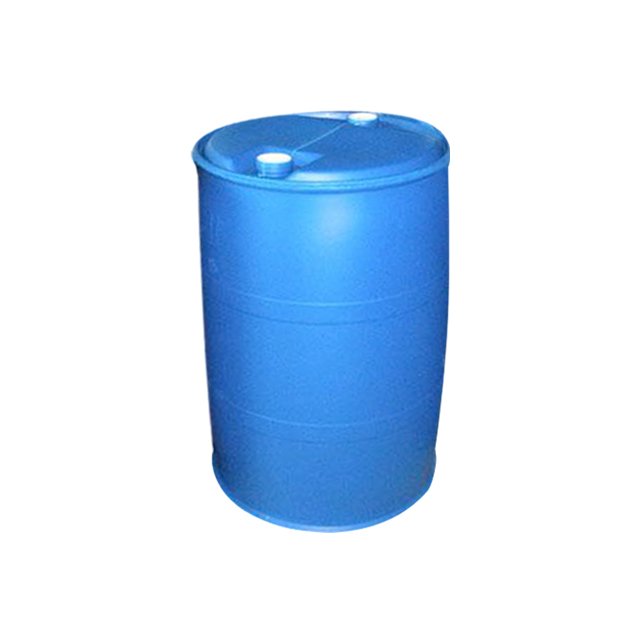


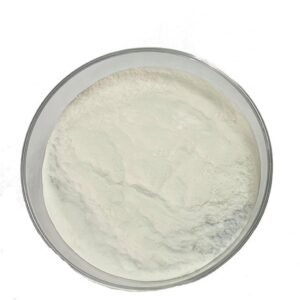

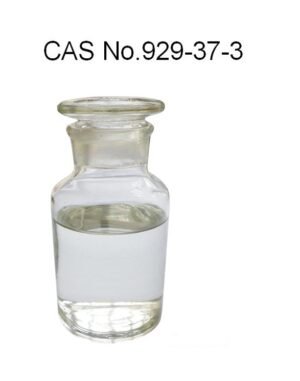
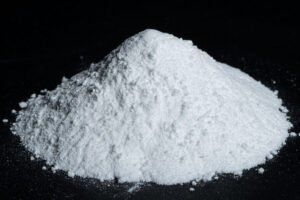
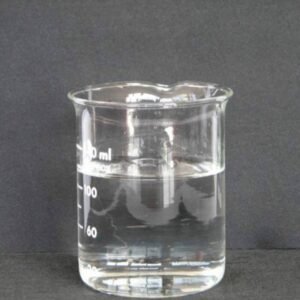

Reviews
There are no reviews yet.